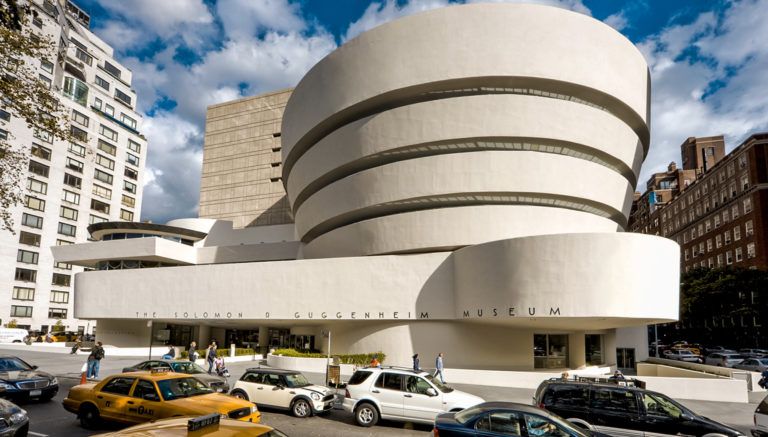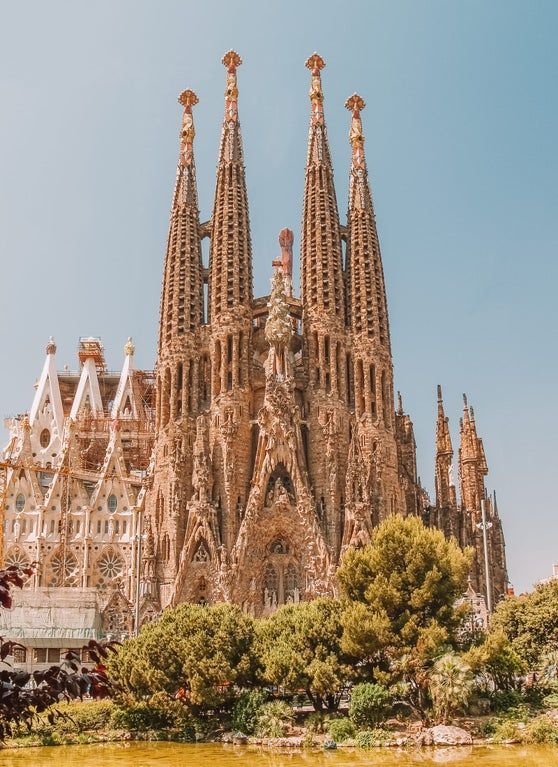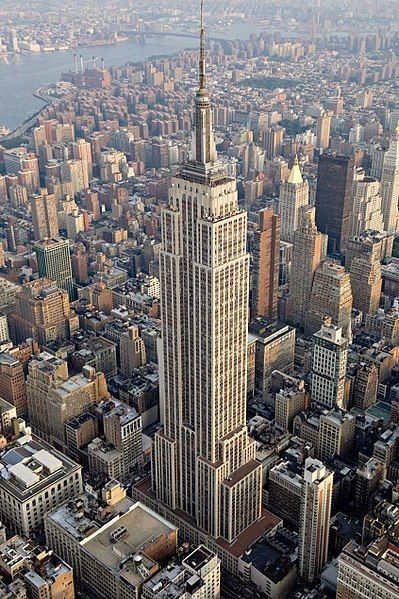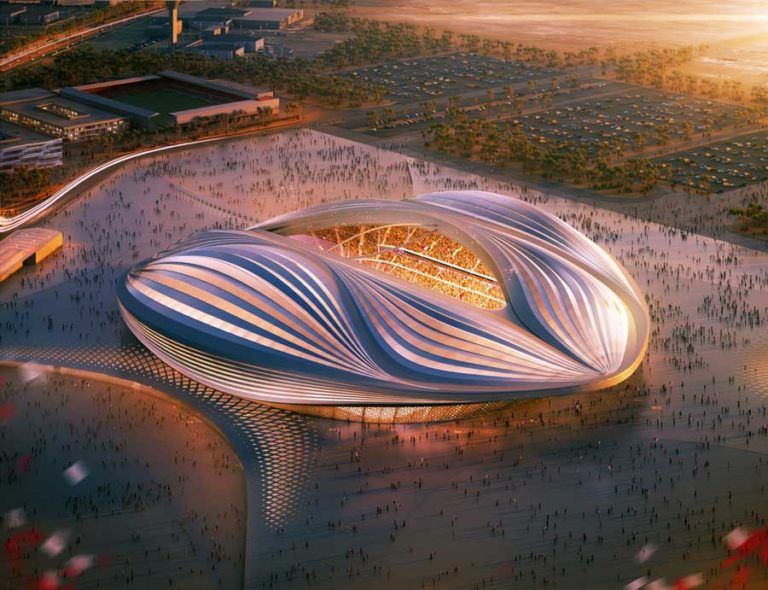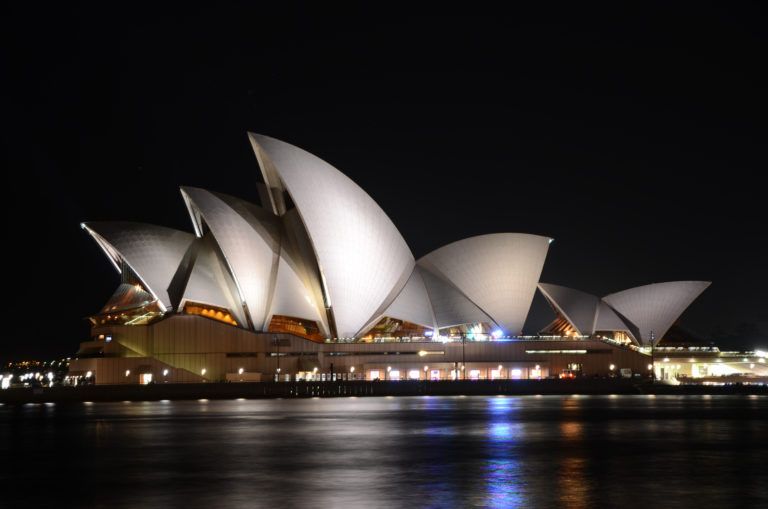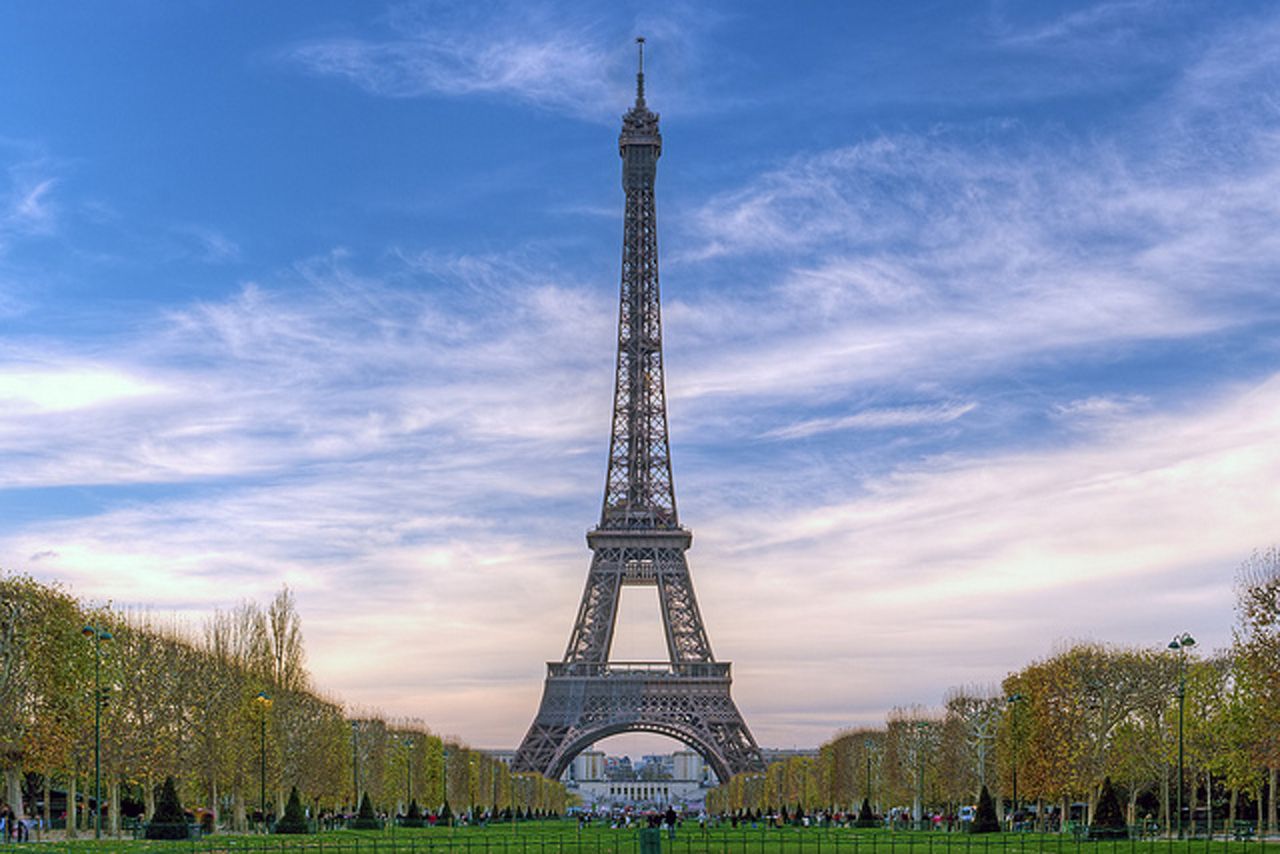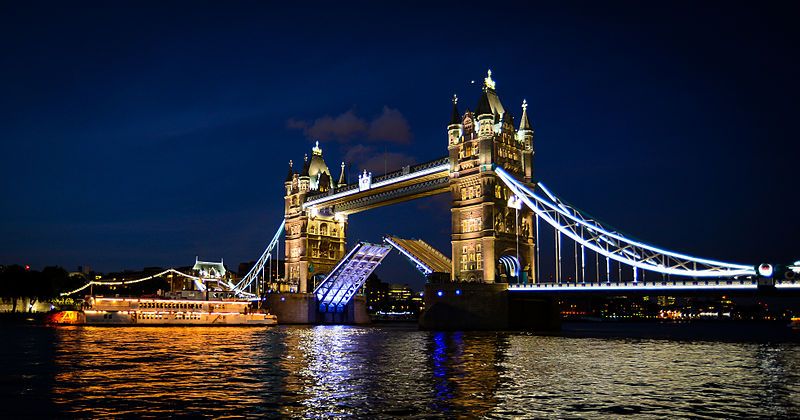Bold moves in architecture are not always received warmly. Some famous buildings grow on people and others are not that fortunate. Many edifices that were hated by the public in the past are now landmarks. One even made it to the list of the Seven Wonders of the Modern World.
Here are some of the world’s most debated famous buildings:
1. The Portland Building, Oregon, United States
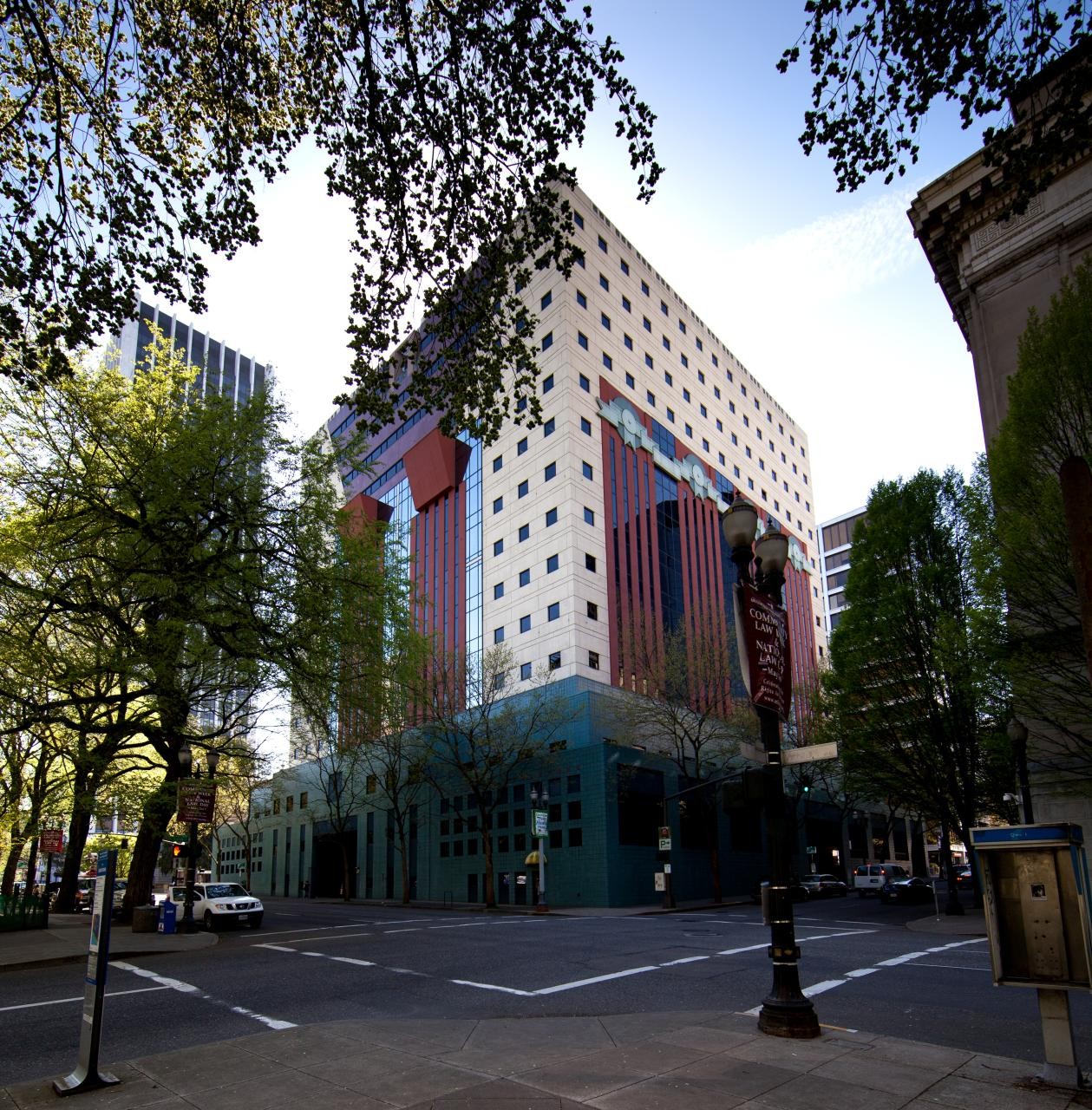
Portland Building by Michael Graves, 1982. Portland, Oregon.
The Portland Municipal Services Building was designed by Michael Graves. Graves won the bid for the project owing to his low-budget proposal. He aimed to design it for everyday workers of the city government. When the postmodern block building was opened in 1982, the public did not affectionately receive it. The costly renovations are the reason city officials are currently contemplating the building’s future.
2. Guggenheim Museum, New York, USA
Jason Statham’s movie, The Mechanic, took advantage of the museum’s fame. In an action scene, you could see the chase along the never-ending spiral path that the edifice is famous for. The museum, designed by Frank Lloyd Wright, was criticized for being built merely for the sake of architecture. Not serving the purpose of the museum was the reason behind the criticism, as the curved walls weren’t suitable for displaying the non-curved paintings.
3. Sagrada Familia, Barcelona, Spain
132 years and counting! This basilica, funded solely by private donations, is still under construction since 1882. The designer, Antoni Gaudi, died suddenly in 1926. Gaudi’s death was behind the cessation of the project until a group of architects decided to complete his work using a facsimile of the original plans. Many renowned architects like Le Corbusier and Alvar Alto criticized the outdated architecture and offered a contemporary solution, but their campaigns were to no avail.
4. 20 Fenchurch Street “Walkie Talkie”, London, United Kingdom
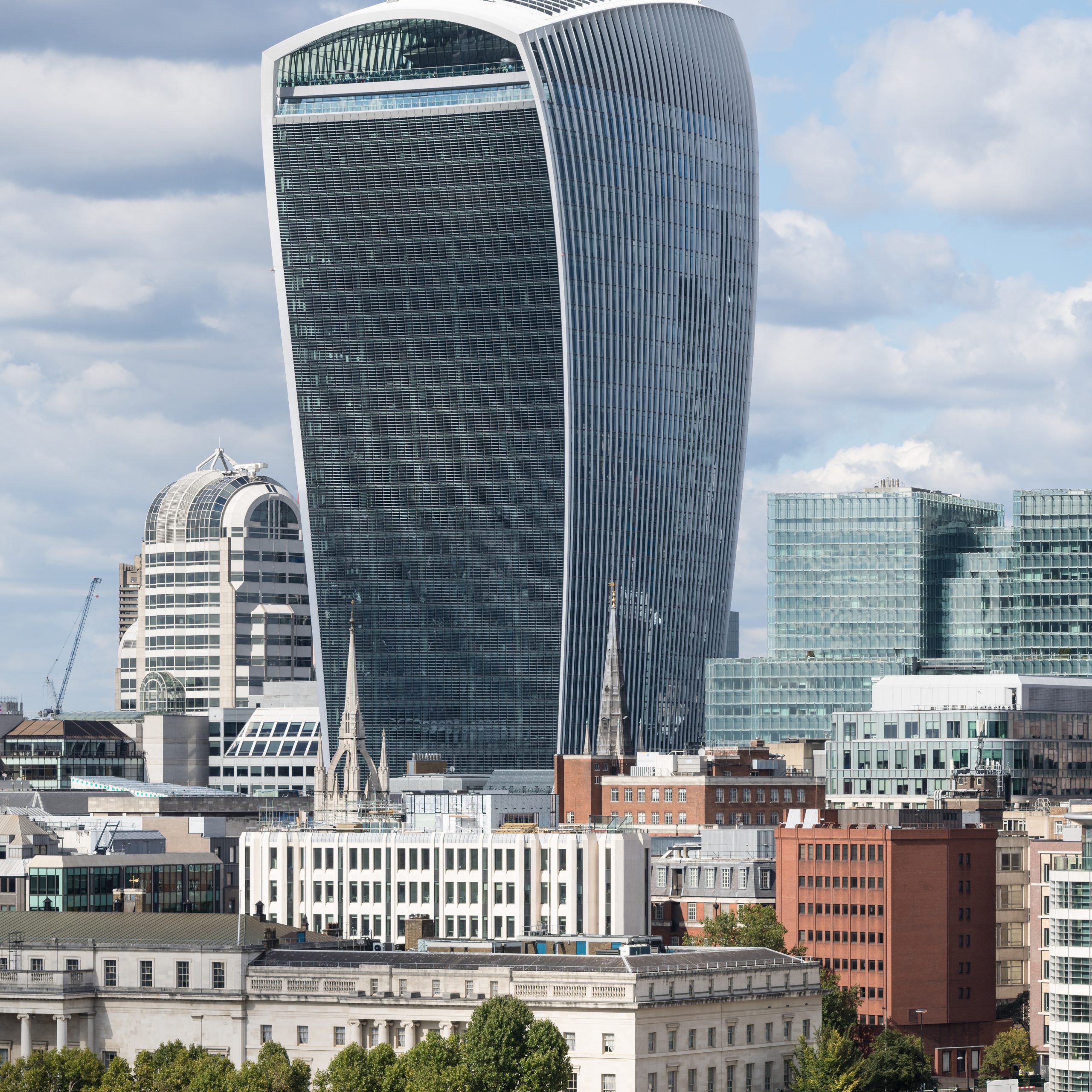
20 Fenchurch Street in 2015, viewed from the roof balcony of City Hall
Street-fried eggs!! The designer of this building, Rafael Viñoly Architects, made a major mistake that caused it to be ridiculed by the locals. The curved glass of the exterior acted as a giant lens that converged sun rays onto one of the neighboring streets. This caused the temperature to rise above 100 degrees that the public named the Walkie Scorchie. Many melting incidents have been caused by this major laser beam to bikes, shop facades, a car, and a carpet.
5. The Louvre, Paris, France

© Flickr
Swinging between being a museum and a royal residence in the past, the Louvre had a new addition in the form of a small glass/metal pyramid in 1989. The pyramid that was designed by the Chinese-American architect I.M. Pei caused the outrage of people for being deviant from the original building’s style.
6. The Empire State Building, New York, USA
New Yorkers used to call it the Empty State Building!
It was designed by William F. Lamb from Sheriff Lamb and Harmon in a distinctive Art Deco style as an office building. Having a name derived from the nickname for New York didn’t bring the luck it needed at the beginning. When it was inaugurated back in the 30s, the Empire State Building was considered a failure regarding its poor location away from means of transportation. Nobody wanted to rent the offices there. The one thing that came to the rescue was the observation deck. The deck gained about 2 million dollars in the first year of its operation. It was not until the 50s though when the building started to make a profit from renting the offices.
7. Al Wakrah Stadium, Doha, Qatar
This stadium is one of five which Qatar is constructing for the FIFA World Cup 2022 in Doha. The designer Zaha Hadid took the heat a while ago for her design that resembled a biological entity. The design was inspired by the Qatari maritime culture, using waves on the roof cover and the wooden ribs beneath the cladding that will make the interior of the roof look like a boat.
8. Sydney Opera House, Sydney, Australia
The opera house that is famous for its white sails appearance had many obstacles during its construction. The slow progress and overspending, way beyond the appointed budget, led the government to lay off the original Danish designer Jørn Utzon. Australian architect Peter Hall took over, making significant changes to the original design. However, altering the architects was not the magic wand the Australian government wished for. Under Hall’s command, expenses fired up, and it took over 10 more years to finish the project. In 1999, Utzon who has never visited the building received a formal apology from the Opera House.
9. Eiffel Tower, Paris, France
The tower was named after the engineer Gustave Eiffel, whose company designed and built the tower. The, now, most-visited paid monument in the world was not much celebrated in the 19th century. The public was disgusted when they saw the A-shaped iron tower at the 1889 World’s Fair, that they looked forward to the tower being torn down after 20 years.
10. Tower Bridge, London, UK
This emblem of London was built between 1886 and 1894 over the River Thames. It was designed by Sir Joseph Bazalgette whose design was not approved at first due to not having enough headroom. The design was approved afterward after being modified to comply with the parliament’s requests. Requests also included that construction had to be in a Gothic style. The public eye was not pleased with the project when it was first inaugurated. It was described by many critics and commenters at that time as being cheap and showy, a non-worthy structure on such an important river.


